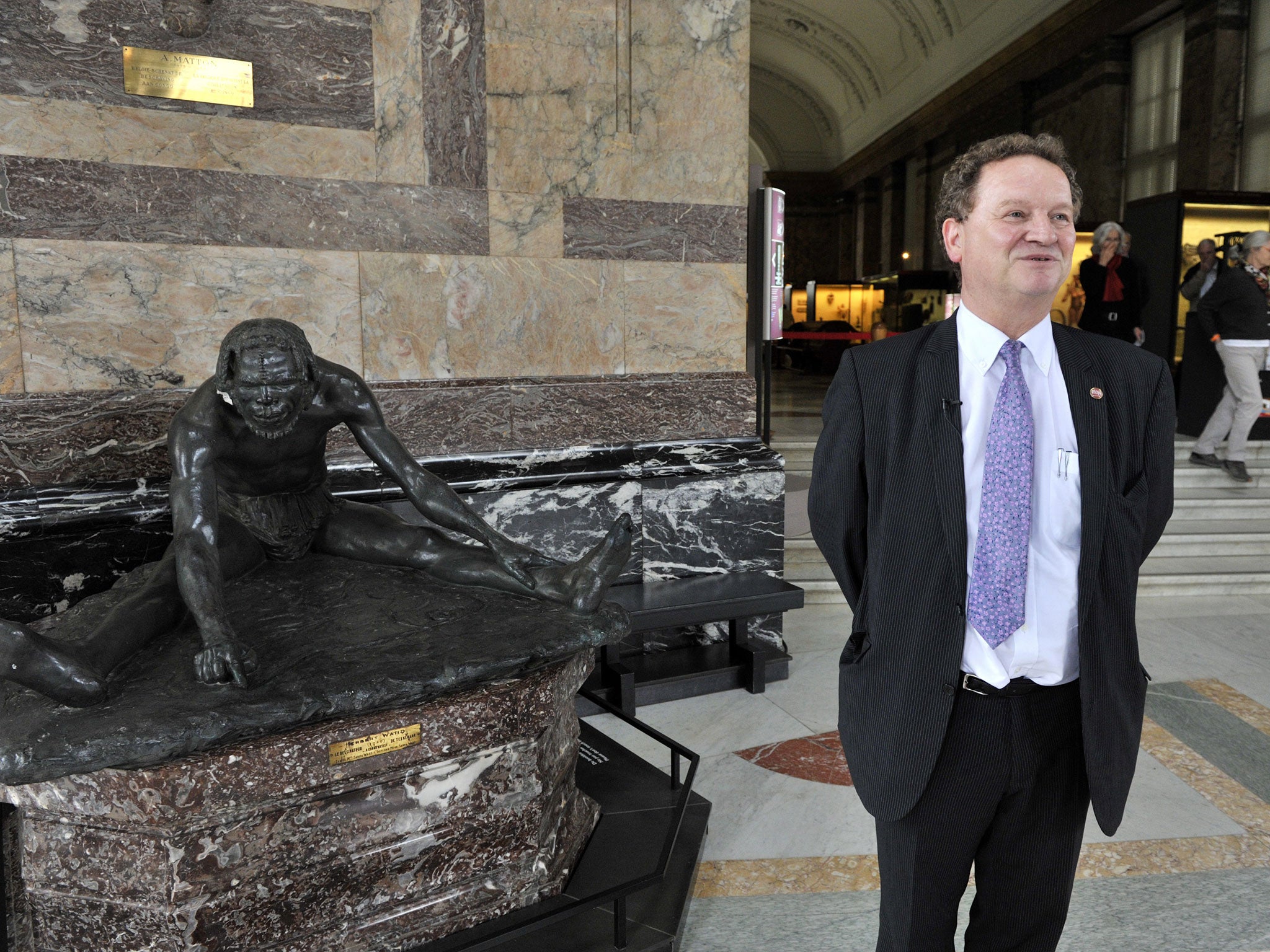Belgian museum faces up to its brutal colonial legacy

The institution dubbed the last colonial museum in the world is packing up its stuffed animals and controversial statues this weekend as it closes down for a three-year makeover aimed at modernising the monument to King Leopold II and his murderous reign in the Belgian Congo.
The Royal Museum for Central Africa, at Tervuren on the outskirts of Brussels, began life as a temporary exhibition in 1897. As accounts of mass murder, mutilation and enslavement began emerging from the Congo, which Leopold had been running as his private fiefdom since 1885, the king decided to host a show celebrating his great “civilising” mission and all the riches it would bring.
The exhibition was so successful that it was transformed into the permanent museum which stands today, all its neoclassical flourishes funded by money from the pillaged African nation. But while books such as King Leopold’s Ghost have exposed the brutal truth about the colonial occupation, the museum has remained frozen in time.
“The last time the museum was changed profoundly was in 1957, before the independence of Congo [in 1960],” said Guido Gryseels, the director, who is determined finally to haul the museum into the 21st century.
Entering the grand rotunda, visitors are greeted with statues of Europeans in gilded robes cradling naked African children, above plaques that extol Belgium for bringing “civilisation”, “security” and “well-being” to the Congo.
There is a wall devoted to the thousands of Belgians killed in the country, but barely a word on the millions of Congolese victims. Africans are portrayed as savages in loincloths and brandishing spears, while in almost every room there is a statue of a regal Leopold, including one bust carved entirely from ivory.
Belgium’s Congolese community has been lobbying the museum for decades to remove or contextualise the exhibits. Mr Gryseels said the turning point came in 2005 when the museum hosted an exhibition directly addressing colonial abuses. “Until that time in Belgium, everybody still followed the premise that Belgium had brought civilisation to Africa,” he said.
Now he feels the nation is ready for a museum reflecting modern Africa. When it reopens in 2017, the focus will be on showcasing the diversity of the continent in zones entitles “Man & Society” and “Landscape & Biodiversity”.
Visitors will no longer enter through the rotunda where the statues stand. Instead, they will pass through a tunnel explaining the context of the colonial-era exhibits, some of which will remain. “We are not going to throw everything out of this museum and just act as if the colonial past never happened,” Mr Gryseels said. “We will remain a place of memories on the colonial past but, at the same time, we want to become a window on contemporary Africa.”
Join our commenting forum
Join thought-provoking conversations, follow other Independent readers and see their replies
Comments
Bookmark popover
Removed from bookmarks